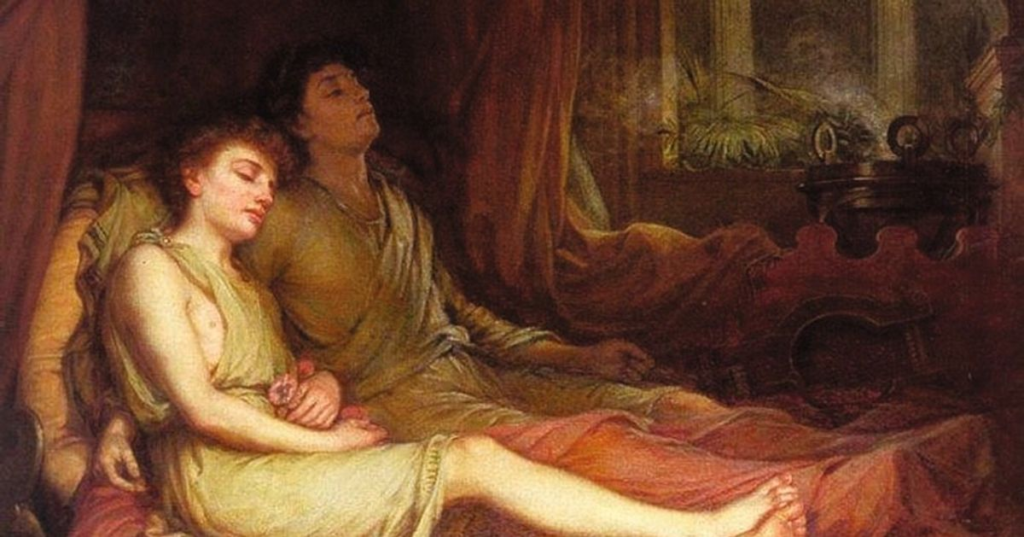
Getting a good night’s sleep can feel like an elusive luxury in our fast-paced lives. We’re bombarded with stress and anxiety from all directions, making it challenging to wind down and relax when bedtime rolls around. You might already know some classic sleep tips like dimming the lights and powering down devices, but here’s one you might not have considered: embracing your inner artist.
According to a recent article from Sleep Review Magazine, “works of literature and art, for example, can teach us to challenge dominant visions of sleep, allowing us to see sleep as a place where values are formed and cultural debates are shaped.” Remember it is about the process not the masterpiece so let’s review ways coloring, writing, or viewing artwork can help you sleep more soundly.
The Creative Zone
Numerous studies have highlighted the sleep-promoting effects of art. Creating art can reduce the levels of stress-related hormones in your body, stimulate creative thinking, and even provide mental health benefits akin to meditation. When you’re immersed in the act of creation, your mind enters a state of focused relaxation, allowing you to momentarily cast aside your worries and concerns.
This “in the zone” state can have tangible physiological effects, such as lowering your heart rate and blood pressure. By channeling your energy into artistic endeavors, you permit yourself to be present in the moment, free from the distractions that often plague our minds during the day. Therapedic suggest four ways to create better sleep:
- Visual Gratitude Journal. Much like previous suggestions to journal about your day before bedtime, a visual journal relies on collecting photos, sketches, or clippings to create a physical representation of the things that bring joy to your life. This tangible reminder can be especially comforting before bedtime, grounding you in appreciation for the positives.
- Expressive Art for Emotions. Channel your negativity and worries into art. By visually representing your emotions, you gain insight into their intensity and nature. Notice the strokes you make—short and dark or long and flowing? Are they shaped in curves or sharp edges? Each mark holds meaning and aids in emotional expression.
- Freehand Drawing Therapy. Engage in freehand drawing as a therapeutic practice. Start by creating circles of various sizes, allowing them to overlap and form concentric patterns. As you color them in, observe the emotions that arise and the colors you instinctively choose. Coloring offers a unique opportunity to infuse life and energy into your artwork, revealing hidden layers of emotion and thought.
- Collage of Subconscious Insights. Take a small piece of cardboard or matte to spontaneously create a collage of words and images. Let your subconscious guide this process, avoiding preconceived notions or plans. Allow the words and images that resonate with you to emerge organically. This activity can unveil deep-seated feelings and thoughts, offering valuable insights into your inner world.
The Creativity and Sleep Connection
Engaging with art and literature before bedtime can help relax your mind and body, making it easier to drift off to sleep. According to a study published in the Journal of Applied Gerontology, activities such as reading and looking at art can reduce levels of cortisol, the stress hormone, leading to a calmer state of mind conducive to sleep.
If you ever find yourself unable to sleep because your mind won’t stop racing, immersing yourself in a captivating story or visually stimulating artwork can redirect your thoughts away from worries and preoccupations, allowing you to gradually unwind and prepare for sleep. A study published in the Journal of Clinical Sleep Medicine found that engaging in relaxing activities before bedtime, such as reading, can significantly improve sleep quality and reduce the time it takes to fall asleep.
Incorporating art and literature into your nightly routine can also establish a comforting ritual that signals to your body and mind that it’s time to wind down and prepare for sleep. Whether it’s curling up with a good book or admiring a piece of artwork on your wall, having a consistent bedtime ritual can help regulate your sleep-wake cycle and promote better sleep hygiene. Research published in the Journal of Sleep Research & Sleep Medicine suggests that establishing a regular bedtime routine can improve sleep quality and duration.
Immersing yourself in the world of art and literature before bedtime can stimulate your imagination and transport you to faraway places, making it easier to detach from the stresses of daily life and drift off to sleep. According to a study published in the Journal of Sleep Research & Sleep Medicine, engaging in activities that stimulate the imagination before bedtime can enhance sleep quality and promote a deeper state of relaxation.
The next time you find yourself struggling to fall asleep, consider turning to art and literature as your secret weapons for a restful night’s sleep. Whether you’re escaping into the pages of a book or getting lost in the beauty of a painting, these creative pursuits can help calm your mind, reduce stress, and pave the way for sweet dreams. Connect with the Alaska Sleep Clinic if you have additional questions about your sleep journey.










